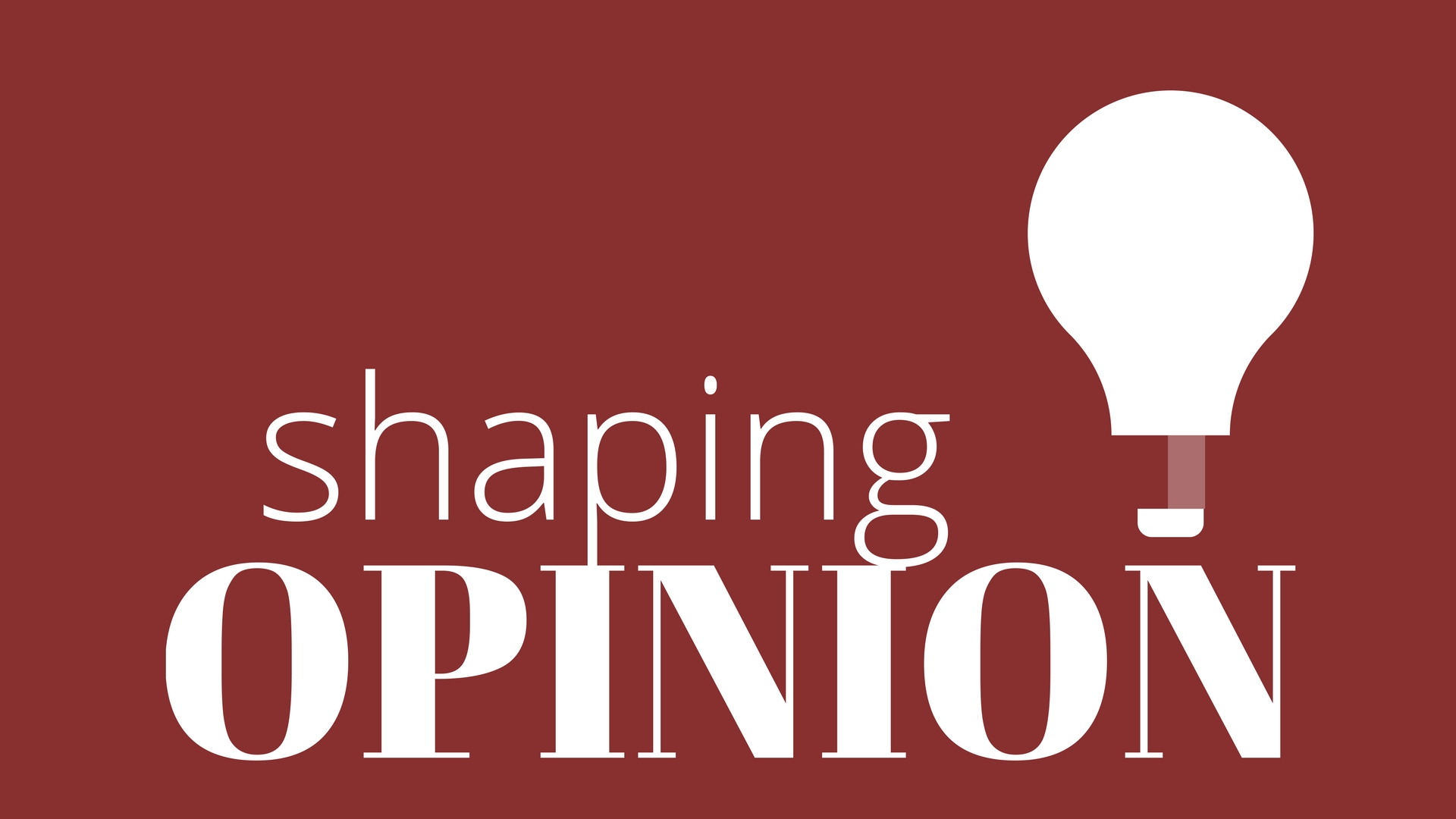Former FBI special agent Bill Crowley joins Tim to discuss his role as the FBI’s lead spokesperson on the scene in Shanksville, Pennsylvania in the days following the Flight 93 hijacking and crash on September 11, 2001. Bill talks about his own role, the crisis communications challenges and takes us back to that time and that place.
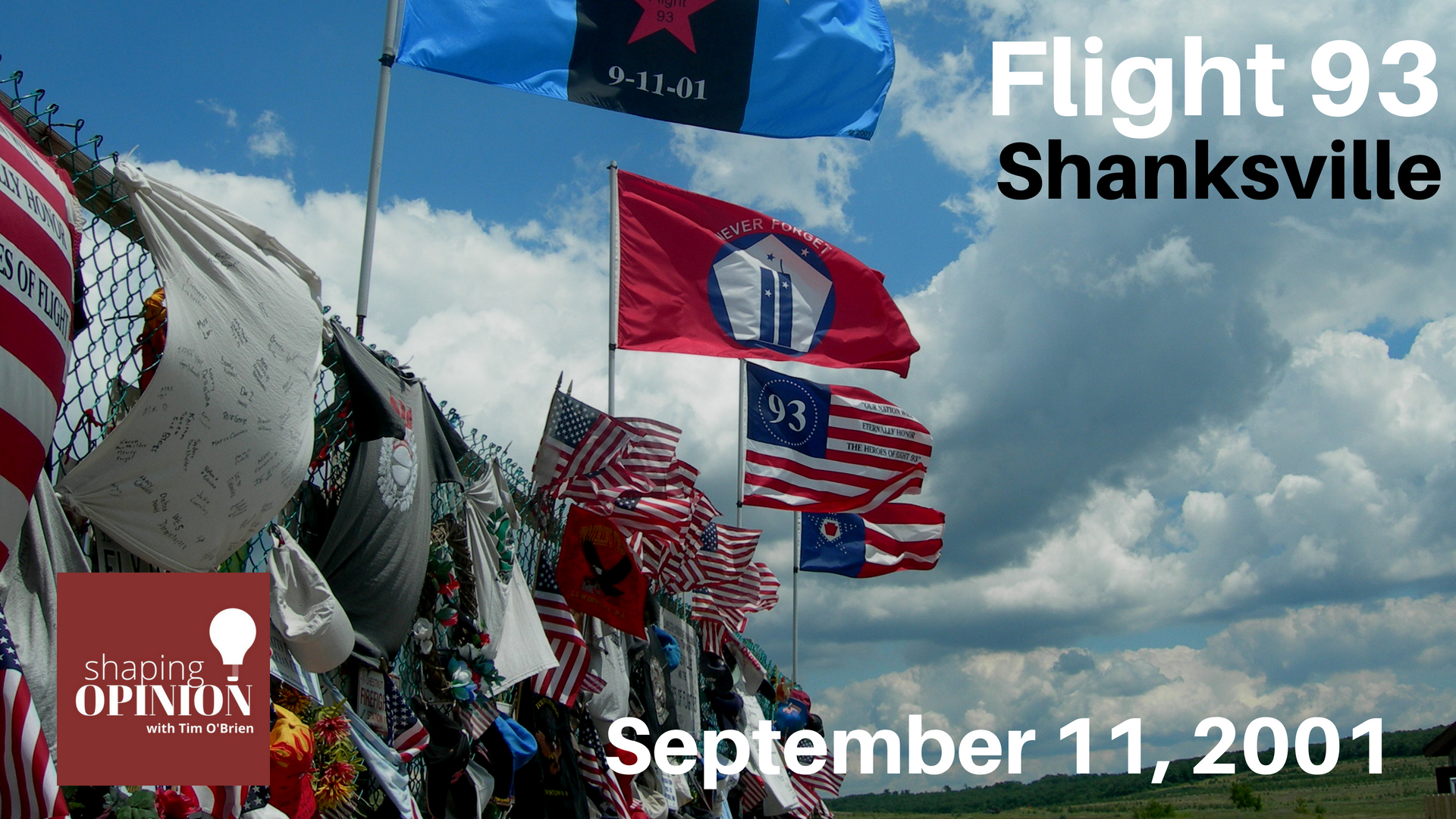
It’s been 17 years since America experienced the deadliest terrorist attack in its history. Four commercial jetliners were hijacked by members of al-Qaeda.
The first two jets flew into the twin towers of the World Trade Center in New York City. These were American Airlines Flight 11, and United Airlines Flight 175. Another jet slammed into the western side of the U.S. Pentagon. This was American Airlines Flight 77.
A fourth plane never made it to its intended target. United Airlines Flight 93 crashed into a field in Shanksville, Pennsylvania. It has been widely reported that the terrorist attack failed because the crew and passengers on Flight 93 fought back.
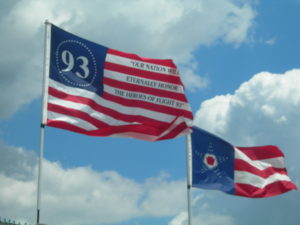 We now know much about what happened on the plane, thanks to cell phone conversations and other data, including the plane’s flight recorder. We also know what happened that morning in other places.
We now know much about what happened on the plane, thanks to cell phone conversations and other data, including the plane’s flight recorder. We also know what happened that morning in other places.
At 8:46 a.m., American Airlines Flight 11 was the first of the planes to hit their target, crashing into the north tower of the World Trade Center in New York City.
18 minutes later, United Airlines Flight 175 crashed into the South tower of the World Trade Center. TV coverage went live and millions were watching. This was before the collapse of the towers.
- At 9:37 a.m., American Airlines 77 flew into the west side of the Pentagon.
- Only 15 minutes later, the south tower of the World Trade Center came down.
At 10:30 a.m., the north tower collapsed. - At 9:45 a.m., air traffic controllers across the country tried to take control, flights were grounded.
Meanwhile United Airlines Flight 93 was delayed from taking off in New Jersey by 25 minutes and was listed as a nonstop flight to San Francisco. - It took off at just minutes before the attacks in New York had begun. This delay allowed passengers on Flight 93 to learn of the other attacks through air phones and cell phone calls to family and friends, and more fully assess the situation.
- The hijackers were armed only with box cutters, but they threatened the passengers and crew with a bomb, that turned out to be a fake.
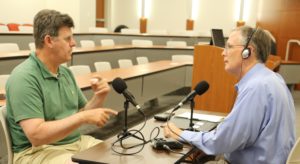
(L to R) Bill Crowley, Tim O’Brien
- The hijackers in Flight 93 gained control of the plane 40 minutes into the flight.
- Dispatchers started to warn cockpits of potential intrusions, and just before the terrorists invaded the plane’s cockpit, flight recorders recorded a struggle.
- Eventually, the passengers and crew of Flight 93 realized the fate of the other hijacked planes and decided their only course of action was to fight back for control of the aircraft.
- At 9:57 a.m., around the time that the World Trade Center buildings were starting to collapse, the people on Flight 93 mounted their counter attack.
- At 10:03, the jet rolled upside down and plowed into an empty field in Shanksville, Pennsylvania, going 563 miles per hour.
- It is still not known the exact target, but used the flight data recorder to find that the plane’s auto pilot was reprogrammed to take the aircraft to Washington, D.C. It is believed that likely targets were the U.S. Capitol building or the White House.
- There was virtually nothing left resembling the wreckage of the aircraft. A cloud of smoke and the smell of burning jet fuel.
- Today, that field has been turned into a memorial to the heroes of that day at their final resting place under the management of the National Park Service.
Links
- Flight 93 National Memorial, National Parks Service
- Flight 93 and Shanksville, Pennsylvania, the forgotten part of 9/11, Time
- In Shanksville, Thousands Gather to Honor Flight 93 Victims, New York Times
- Remembering 9/11 in Pictures – National Geographic
- Bush at War, Amazon, Bob Woodward
About this Episode’s Guest Bill Crowley
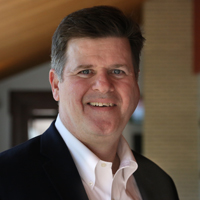 A retired special agent of the Federal Bureau of Investigation (FBI), Bill Crowley is an Assistant Professor in La Roche College’s Department of Justice, Law and Security. He is a subject matter expert and consultant to the media in the fields of national security, white collar crime, confidential human sources and police tactics.
A retired special agent of the Federal Bureau of Investigation (FBI), Bill Crowley is an Assistant Professor in La Roche College’s Department of Justice, Law and Security. He is a subject matter expert and consultant to the media in the fields of national security, white collar crime, confidential human sources and police tactics.
He is also an attorney-at-law with a specialized interest in the areas of national security and constitutional law.
